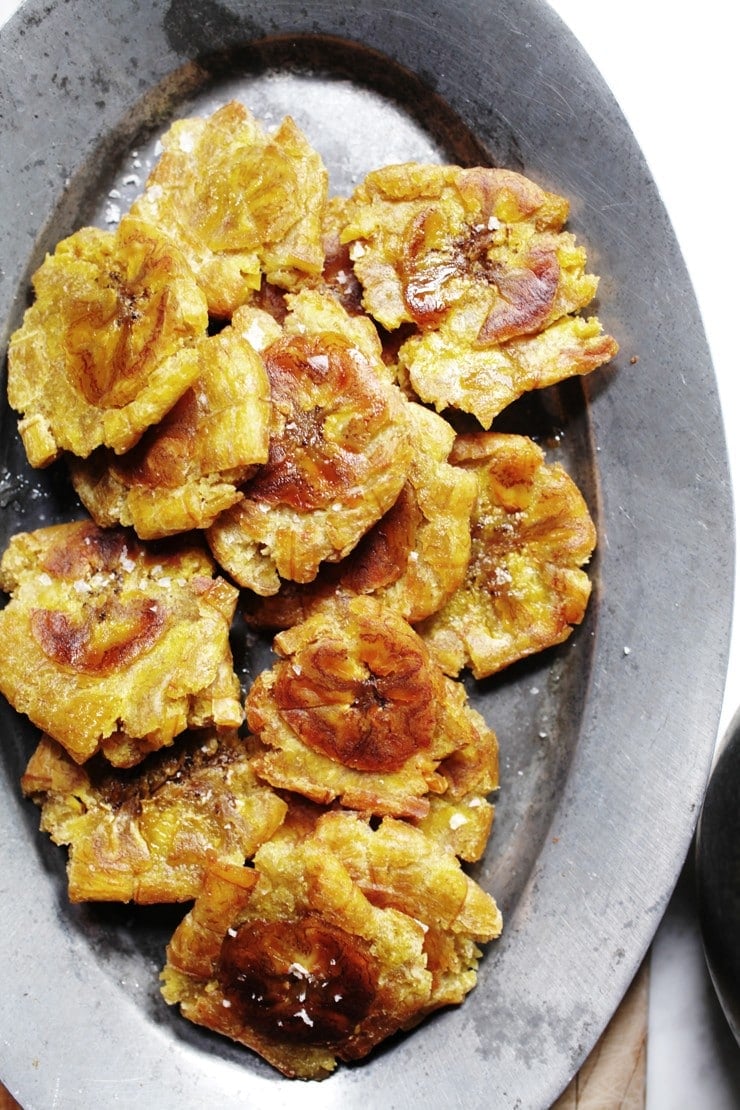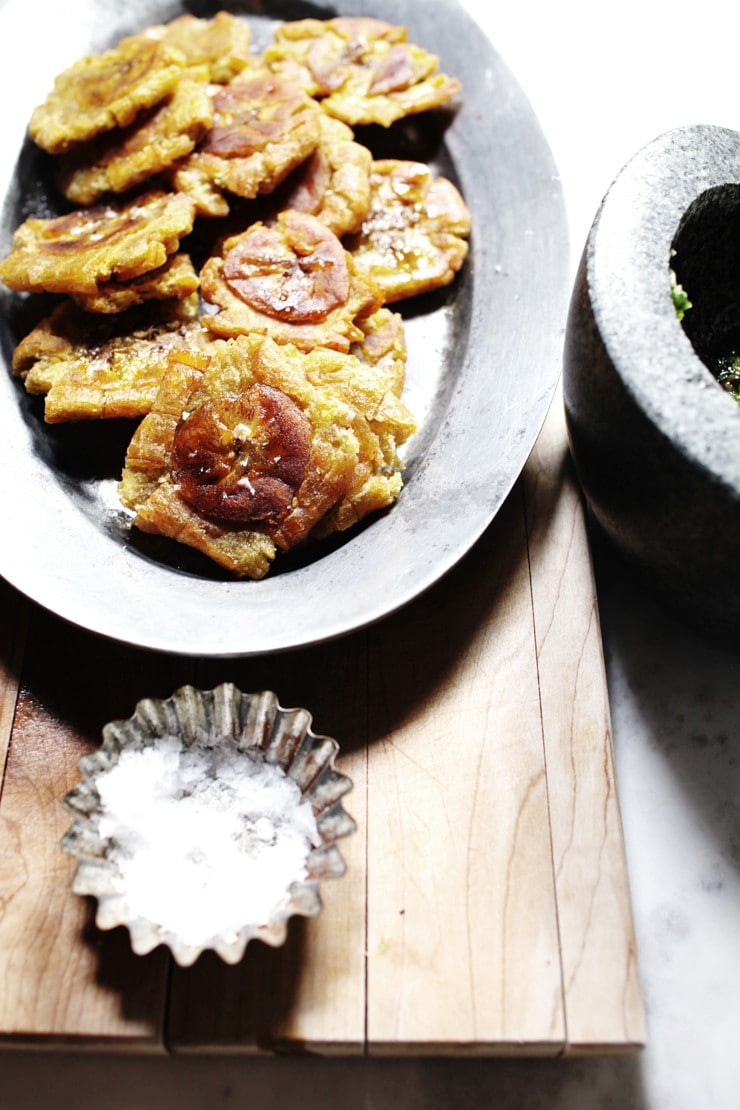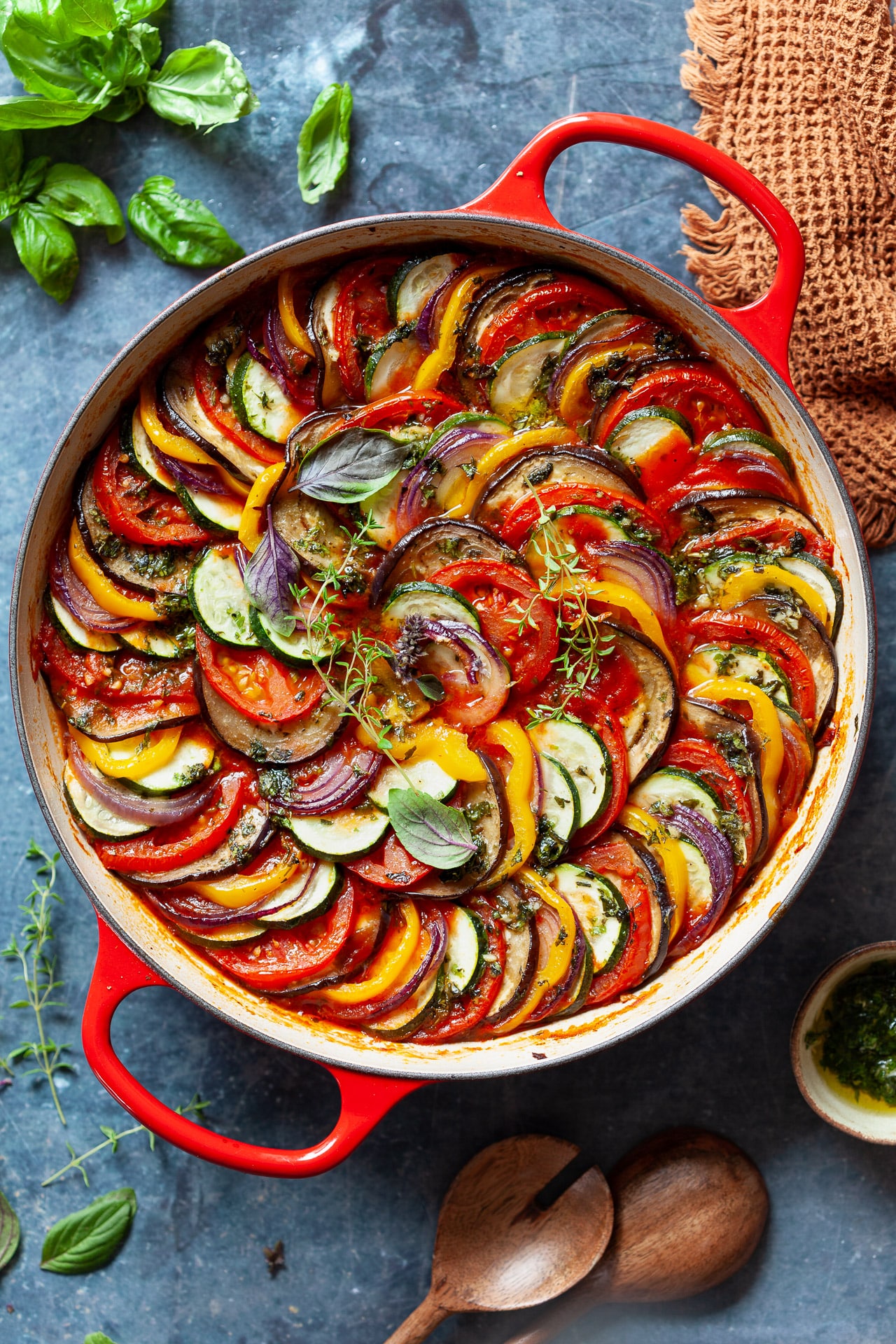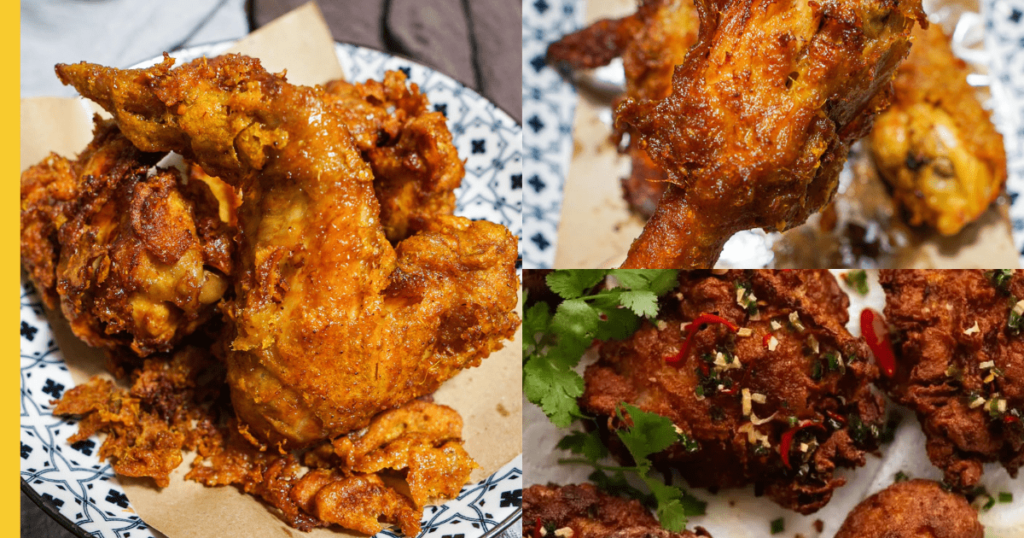The Crunchy Delight: An In-Depth Exploration of Tostones
Related Articles
- A Journey Into The World Of Khinkali: From History To Your Plate
- A Journey Through The World Of Pad Thai: From Humble Beginnings To Culinary Masterpiece
- Doro Wat: A Culinary Journey Through Ethiopia’s National Dish
- Karaage: A Crunchy Journey Through Japanese Flavors
- A Spicy Journey: Unveiling The Secrets Of Chili Crab (Singapura)
Introduction
In this article, we dive into The Crunchy Delight: An In-Depth Exploration of Tostones, giving you a full overview of what’s to come
The Crunchy Delight: An In-Depth Exploration of Tostones

Tostones, those irresistible, golden-brown, crispy fried plantains, are a staple across Latin America and the Caribbean. They’re a delightful combination of textures and flavors, offering a satisfying crunch with a hint of sweetness. But there’s more to these humble snacks than meets the eye. This article delves into the fascinating history, diverse preparations, and culinary secrets behind the perfect tostone.
A Journey Through Time: The Evolution of Tostones
The story of tostones is intertwined with the history of plantains, a starchy fruit native to Southeast Asia. Plantains were introduced to the Americas by Spanish conquistadors, quickly becoming a crucial food source for indigenous populations. The early methods of preparing plantains involved roasting or boiling, but the art of frying emerged later, likely influenced by Spanish culinary traditions.
From Simple Fried Plantain to the Modern Tostone:
- Early Beginnings: The earliest forms of tostones were likely simple fried plantains, possibly seasoned with salt or spices.
- The Birth of the "Tostón": The term "tostón" likely emerged from the Spanish word "tostar," meaning "to toast." This refers to the process of flattening the plantain before frying, creating a crispy, toasted texture.
- Regional Variations: Over time, tostones evolved into a diverse array of regional variations. The addition of ingredients like garlic, onions, and cilantro created unique flavor profiles, while innovative cooking techniques, like deep-frying and grilling, further expanded the possibilities.
Unveiling the Art of the Perfect Tostone: Techniques and Tips

Crafting the perfect tostone requires a delicate balance of techniques and attention to detail. Let’s explore the essential steps, along with expert tips to elevate your tostone game.
1. Choosing the Right Plantain:
- Green Plantains: The key to a perfectly crispy tostone is using green plantains, also known as "plantains verdes." These unripe plantains have a firm texture and a slightly starchy flavor, perfect for frying.
- Ripeness Matters: Green plantains should have a dark green skin with some yellowing, indicating that they are ripe enough for frying. Avoid plantains with black spots, as they are overripe and will not fry well.
- The "Finger Test": To determine ripeness, gently press the plantain with your finger. It should be firm but yield slightly. If it feels hard and unyielding, it’s too unripe.
2. The Art of Flattening:
- Traditional Method: The traditional method involves flattening the plantain using a heavy object like a plate or a machete. This technique creates a uniformly flat surface that cooks evenly.
- Modern Convenience: For a more convenient approach, use a tortilla press or a rolling pin to flatten the plantain. Be sure to apply even pressure to ensure consistency.
- Thickness is Key: The thickness of the flattened plantain will affect the final texture. For a crispy tostone, aim for a thickness of about ¼ inch.
3. The Frying Process:

- Oil Temperature: The oil temperature is crucial for achieving a crispy exterior without overcooking the interior. Ideally, the oil should be heated to 350-375°F (175-190°C).
- Frying Time: Fry the flattened plantains in batches to avoid overcrowding the pan. Cook for about 2-3 minutes per side, until golden brown and crispy.
- Draining Excess Oil: After frying, remove the tostones from the oil and drain them on paper towels to remove excess oil. This helps to prevent them from becoming soggy.
4. Elevating the Flavor:
- Seasoning Options: Tostones can be seasoned with a variety of ingredients, including salt, pepper, garlic powder, onion powder, cumin, oregano, and paprika.
- Fresh Herb Garnish: Add a burst of freshness with a sprinkle of cilantro, parsley, or chives.
- Spicy Kick: For a touch of heat, add a pinch of cayenne pepper or chili powder.
5. Beyond the Basics: Creative Tostone Variations
The beauty of tostones lies in their versatility. Explore these creative variations for a delicious culinary adventure:
a) Sweet and Savory Combinations:
- Tostones with Honey and Cinnamon: Drizzle warm tostones with honey and sprinkle with cinnamon for a sweet and comforting treat.
- Caramel Tostones: For a decadent dessert, top tostones with a drizzle of caramel sauce and a sprinkle of toasted pecans.
b) Filling and Flavorful Options:
- Tostones with Beans and Cheese: A classic combination, fill tostones with refried beans, cheese, and a dollop of sour cream.
- Tostones with Chicken and Avocado: Combine shredded chicken, diced avocado, and a tangy dressing for a light and flavorful filling.
c) Bold and Spicy Delights:
- Tostones with Chorizo and Pico de Gallo: For a spicy kick, fill tostones with crumbled chorizo sausage and top with a vibrant pico de gallo salsa.
- Tostones with Ropa Vieja: A Cuban classic, top tostones with ropa vieja, a shredded beef stew with a rich tomato-based sauce.
d) International Influences:
- Tostones with Japanese Style Tuna: Combine shredded tuna, avocado, and a creamy Japanese mayonnaise for a unique fusion dish.
- Tostones with Moroccan Spices: Add a touch of Moroccan flair by seasoning tostones with a blend of cumin, paprika, ginger, and turmeric.
Culinary Tips for Mastering the Art of Tostones
- Temperature Control: Maintaining consistent oil temperature is crucial for achieving crispy tostones. Use a thermometer to monitor the oil temperature and adjust as needed.
- Avoid Overcrowding: Fry tostones in batches to ensure even cooking and prevent the oil temperature from dropping too drastically.
- Don’t Skip the Draining: Draining the tostones on paper towels is essential to prevent them from becoming soggy.
- Freshness is Key: Use fresh plantains for the best flavor and texture.
- Experiment with Flavors: Don’t be afraid to experiment with different seasonings and toppings to create your own unique tostone creations.
Conclusion: Tostones – A Culinary Journey of Texture and Flavor
From humble beginnings as a simple fried plantain to its current status as a culinary icon, the tostone has come a long way. Its journey reflects the diverse culinary traditions of Latin America and the Caribbean, showcasing the power of simplicity and creativity in the kitchen. Whether enjoyed as a snack, a side dish, or a main course, tostones continue to delight taste buds worldwide. So, embrace the art of tostone making, experiment with different variations, and discover the joy of this crispy, flavorful, and versatile culinary treasure.
Closure
Thank you for reading! Stay with us for more insights on The Crunchy Delight: An In-Depth Exploration of Tostones.
Don’t forget to check back for the latest news and updates on The Crunchy Delight: An In-Depth Exploration of Tostones!
Feel free to share your experience with The Crunchy Delight: An In-Depth Exploration of Tostones in the comment section.
Keep visiting our website for the latest trends and reviews.





